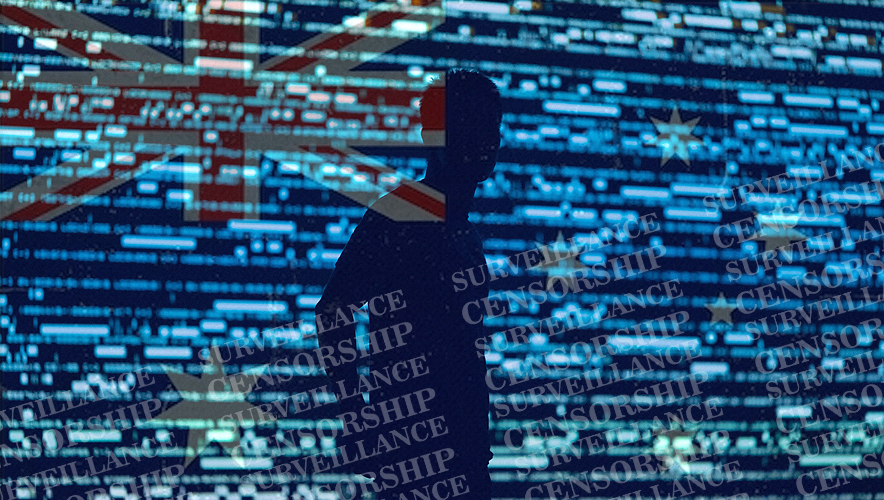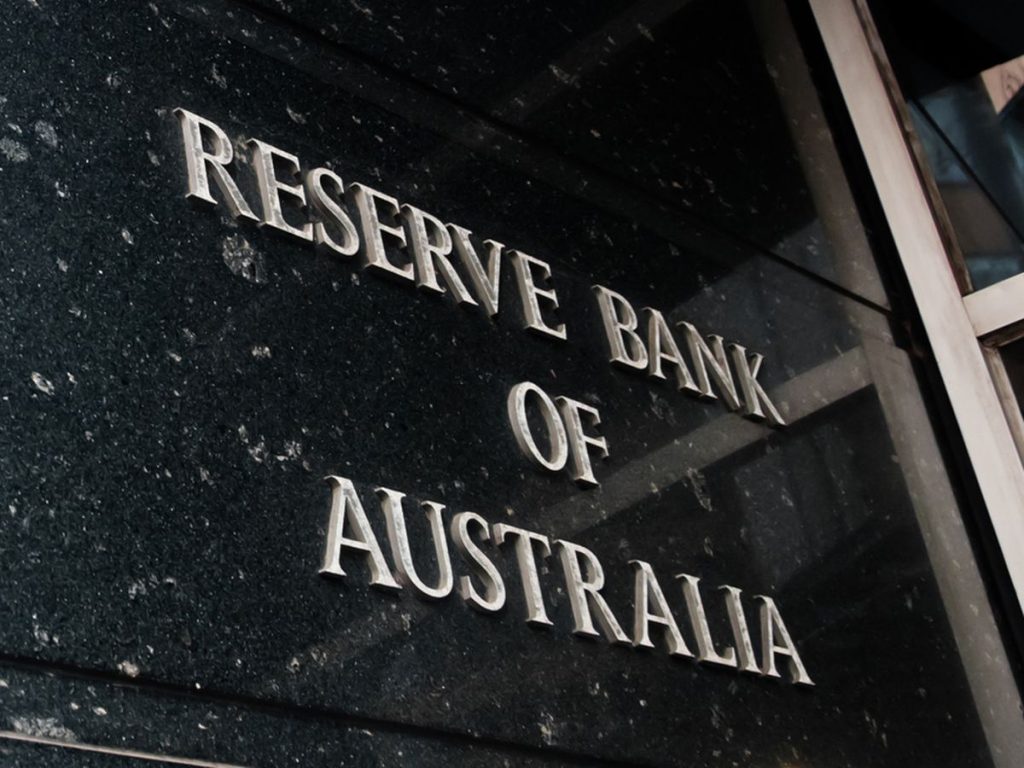Take The White Pill
Did Certain Events Really Take Place The Way They Have Been Presented?
Many readers will be aware of the term ‘red pill’. But for those who are not, it refers to a scene in the 1999 blockbuster The Matrix where the main protagonist, Neo, is presented with the option of continuing to live in his computer-simulated reality by taking the blue pill, or to be exposed to the unsettling truth of his existence by taking the red pill. In the decades since, being ‘red pilled’ has come to refer to waking up to the unsettling realities of our controlled existence.
To take the white pill is to abandon despair and surrender to the optimism of hope.
DOWN THE RABBIT HOLE
In the last few years, use of the pill metaphor to represent different ideologies and worldviews has continued to expand. Yet while many are now aware of red and blue pills, far fewer are aware of black and white pills.
The commonly understood pathway is that we begin in a blue-pilled existence: we accept the world around us as the truth and do not question what is presented before us. Most people spend their entire lives perceiving the world this way – never delving below the surface level. Some of us begin to question the world we see around us: we become red pilled. Is the government really acting in our best interests? Are we truly free? Did certain events really take place the way they have been presented?
The awakening that comes from taking the red pill can often spur someone to action. The realisation that all is not as it seems must be shouted from the rooftops; people need to be woken from their living slumber and see what is really going on. But the reality is that most people want to continue living in the simulation. Challenging your worldview and potentially shattering everything you believe to be true is hard, and that is a journey most people are not willing to take.

THE BLACK PILL
Those who are red pilled can become disillusioned by their failed efforts. Ultimately they believe that nothing matters and any efforts to change are futile: they take the ‘black pill’. They become extreme nihilists. For many, their journey ends here: bitter at the world for failing to see what they see. They withdraw, believing that the living zombies around them deserve this world they have created.
Unfortunately many libertarians, and those who are politically active, fall into this trap. Stuck in a sad, black-pilled existence; determined that they will be further alienated by an increasingly authoritarian world. Looking around, particularly during recent Covid tyranny, it is hard not to agree. News of new, “deadly” Covid strains, incoming global warming lockdowns, 20-minute cities, a growing surveillance state and unending censorship is incredibly depressing to those of us who believe in freedom, prosperity and human enterprise.
ANOTHER WAY
There is one final step on this journey: the ‘white pill’. To take the white pill is to abandon despair and surrender to the optimism of hope. Unlike the blue pilled, who are hopeful due to ignorant optimism, being white pilled requires you to challenge nihilism with reason and inquiry. In other words, it is to become cynical of cynicism and sceptical of scepticism.
we accept the world around us as the truth and do not question what is presented before us.
There is nothing dishonest or unprincipled about taking the white pill. While the blue pill represents optimism due to ignorance, the white pill represents optimism in spite of ignorance. And not only is it ideologically authentic, it is also much more likely to convince others of the merits of freedom and liberty. When you live your life as a beacon of hope and reasoned optimism, others will be naturally drawn to you. When you live a sad and bitter existence, others cannot wait to get away from you.
WALK YOUR OWN WAY
Libertarians might not enjoy much political success, but I don’t particularly care what a bunch of bloated public servants in a fancy room hundreds of miles away from me say – and neither should you. These are people who I have never met and do not relate to in any way. Despite what they may call themselves, they are not my representatives.
Winning seats in parliaments should not be our metric for success; rather living a free and prosperous life. Freedom comes from within, and I know I will always be a free man unless I let them take it from me!
Have a Merry Christmas and enjoy the festive season, free and white pilled.









